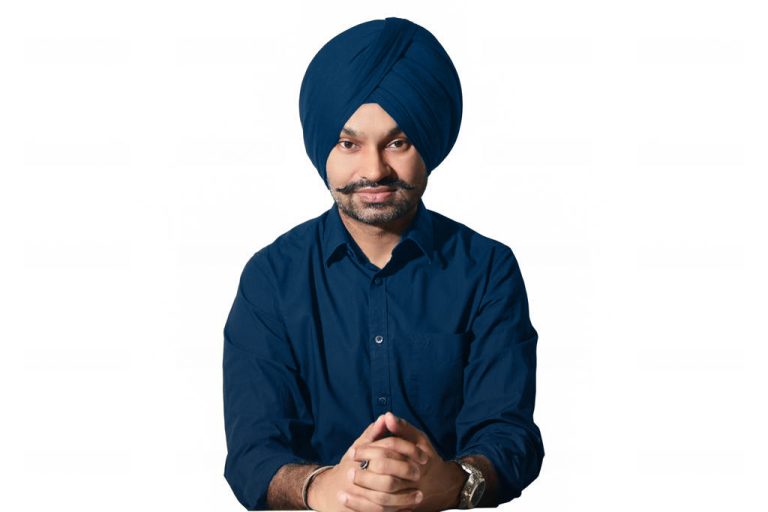Wounded Roots, Wild Branches: How Childhood Trauma Shapes Us — and How Not to Pass It On
We are all born open, curious, and unfiltered — wide-eyed little beings who learn about the world through connection. But what happens when that connection is inconsistent? Unsafe? Or worse — painful?
As a therapist, I often say: what isn’t healed gets handed down. And childhood trauma is a quiet sculptor. It doesn’t just live in our past — it lives in how we love, how we cope, how we parent, and even how we speak to ourselves.
What Is Childhood Trauma, Really?
Not all trauma wears visible scars.
Sometimes, it’s:
Being made to feel responsible for a parent’s emotions
Growing up with emotional neglect or constant criticism
Witnessing conflict or chaos without the safety of explanation
Being loved conditionally — only when we were quiet, helpful, or “good”
These experiences send subtle, enduring messages:
“I must earn love.”
“My needs are too much.”
“Emotions are dangerous.”
“I am the problem.”
How Childhood Trauma Shows Up in Adulthood
Even when we grow older, those childhood scripts don’t just disappear — they become our operating systems:
We overcompensate at work or in relationships, constantly trying to “prove” ourselves
We shut down emotionally, because vulnerability never felt safe
We react strongly to rejection or criticism, echoing childhood shame
We become hyper-controlling — of situations or people — in an attempt to feel secure
Or, most heartbreakingly, we repeat the very patterns we swore we’d never recreate as parents
How Trauma Transfers to the Next Generation
Unhealed trauma doesn’t only shape us — it shapes how we raise the next generation.
A parent who never felt heard may struggle to listen without fixing.
A parent who wasn’t allowed to feel may unintentionally shut down their child’s emotions.
A parent raised in fear may over-discipline, confusing control for protection.
We don’t do this because we’re bad parents. We do this because no one showed us another way.
Breaking the Cycle: Awareness + Action
The good news? Patterns can be rewritten. Cycles can end. Healing is always possible.
Here’s how to begin:
Know your story:
Reflect on your own childhood, not to blame, but to understand. What did love look like? Safety? Conflict?Normalize emotional expression:
For yourself and your children. It’s okay to cry. It’s okay to be angry. Emotions are not bad — they are information.Respond, don’t react:
Pause when triggered. Ask yourself: “Is this about my child — or about my inner child?”Offer repair, not perfection:
You will mess up. What matters is owning it, apologizing, and showing your child what healthy accountability looks like.Do your inner work:
Therapy is not just for crises. It’s a safe space to unlearn, to feel, and to grow. When you heal yourself, your child benefits — even if they never know how much.
Final Thoughts
You may not have chosen your childhood. But you can choose your legacy.
Every conscious pause, every healed wound, every moment of emotional honesty — it all adds up. You don’t have to be a perfect parent, partner, or person. You just have to be present, intentional, and willing to grow.
Let the cycle break with you.
Not because you were broken — But because you are brave.


